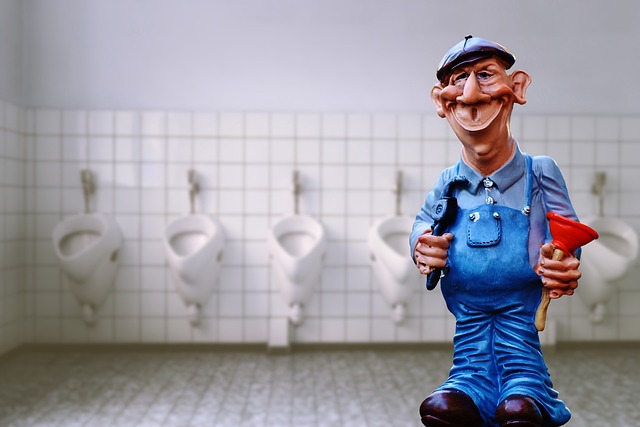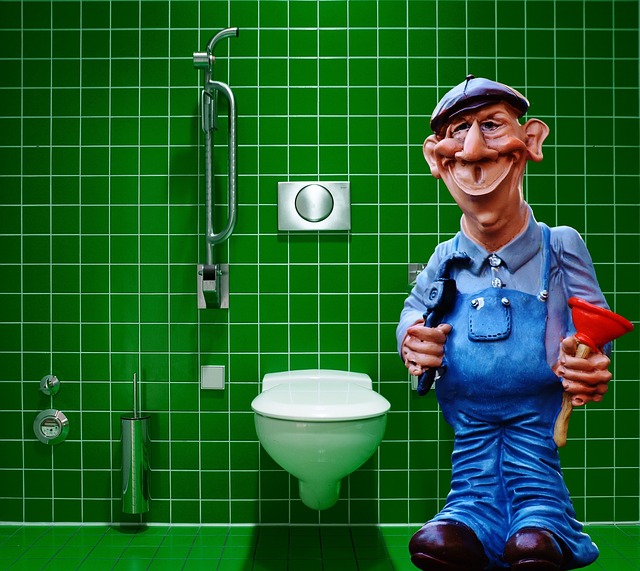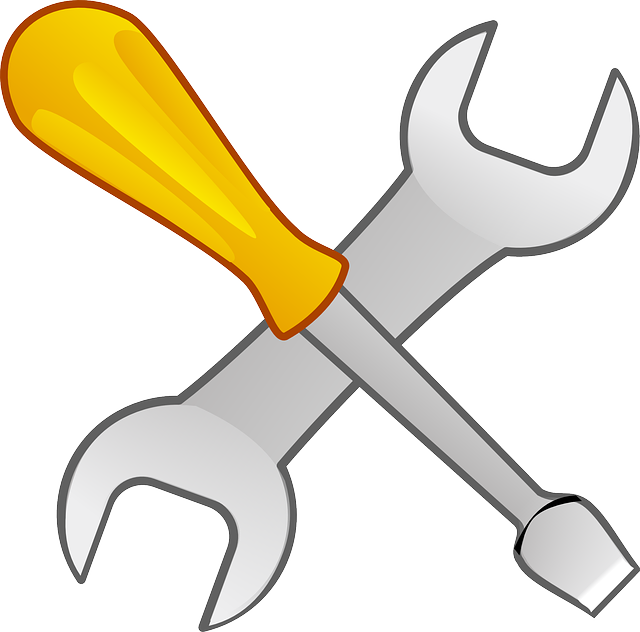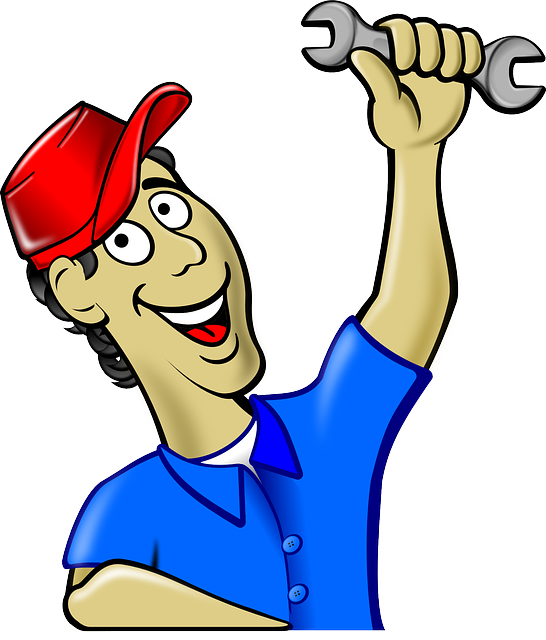Understanding and preventing common plumbing issues like clogs, leaks, low water pressure, and freezing pipes involves identifying root causes (e.g., drain buildup, worn fixtures, temperature fluctuations) and taking proactive measures. Regular professional check-ups, annual inspections, maintaining drains with covers, eco-friendly cleaning products, and simple DIY tasks like clearing traps and checking for leaks are key to smooth plumbing operation year-round, avoiding costly repairs and disruptions.
Avoid costly and inconvenient plumbing disruptions with our comprehensive guide on preventing common issues before they start. From understanding frequent problems like clogs, leaks, and low water pressure to implementing proactive measures and establishing regular maintenance routines, this article equips you with the knowledge and tools needed to keep your plumbing system in top shape. By adopting these strategies, you’ll minimize disruptions and extend the lifespan of your home’s critical plumbing components.
Understanding Common Plumbing Problems

Understanding common plumbing problems is the first step in preventing them from arising in your home. Some of the most frequent issues include clogs, leaks, low water pressure, and freezing pipes. Each problem has its root causes—from buildup in drain pipes to worn-out fixtures or extreme temperature fluctuations—and identifying these triggers is key to effective prevention. By understanding these common culprits, you can take proactive measures like regular cleaning and insulation during cold months to keep your plumbing system running smoothly.
Proactive Measures to Prevent Plumbing Disruptions

To prevent common plumbing issues from disrupting your daily routine, consider implementing proactive measures. Regular maintenance is key; schedule annual check-ups with a professional to inspect pipes, fixtures, and appliances for any signs of wear or damage. This includes checking for leaks, which can be silent destroyers, causing water waste and structural damage over time.
Additionally, be mindful of what goes down your drains and toilets. Avoid flushing non-biodegradable items like wipes, plastics, and grease, as these can clog pipes. Install drain covers and consider using eco-friendly cleaning products to minimize the risk of clogs and ensure smooth water flow.
Regular Maintenance for Long-Term Protection

Regular maintenance is key to preventing common plumbing issues from arising in the first place. By scheduling routine check-ups and cleaning sessions with a professional, you can catch potential problems early on before they develop into costly repairs. These visits should include inspections of pipes, fixtures, and appliances to ensure everything is functioning optimally and efficiently.
A proactive approach involves not only professional assistance but also simple DIY tasks like clearing drain traps of hair and grease, checking for leaks around faucets and pipes, and maintaining water heaters by flushing them regularly. Such consistent care not only extends the lifespan of your plumbing system but also guarantees its reliability, saving you from unexpected disruptions and high repair bills associated with common plumbing issues.
By understanding common plumbing issues and taking proactive measures, you can prevent disruptions and ensure a smooth, efficient plumbing system. Regular maintenance is key to long-term protection, so don’t forget to include it in your home care routine. With these simple steps, you can keep potential problems at bay and enjoy the peace of mind that comes with reliable plumbing.
